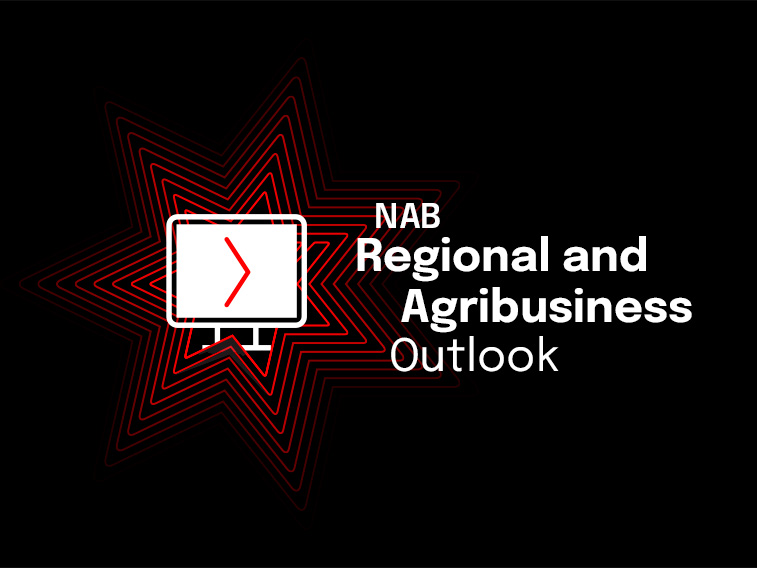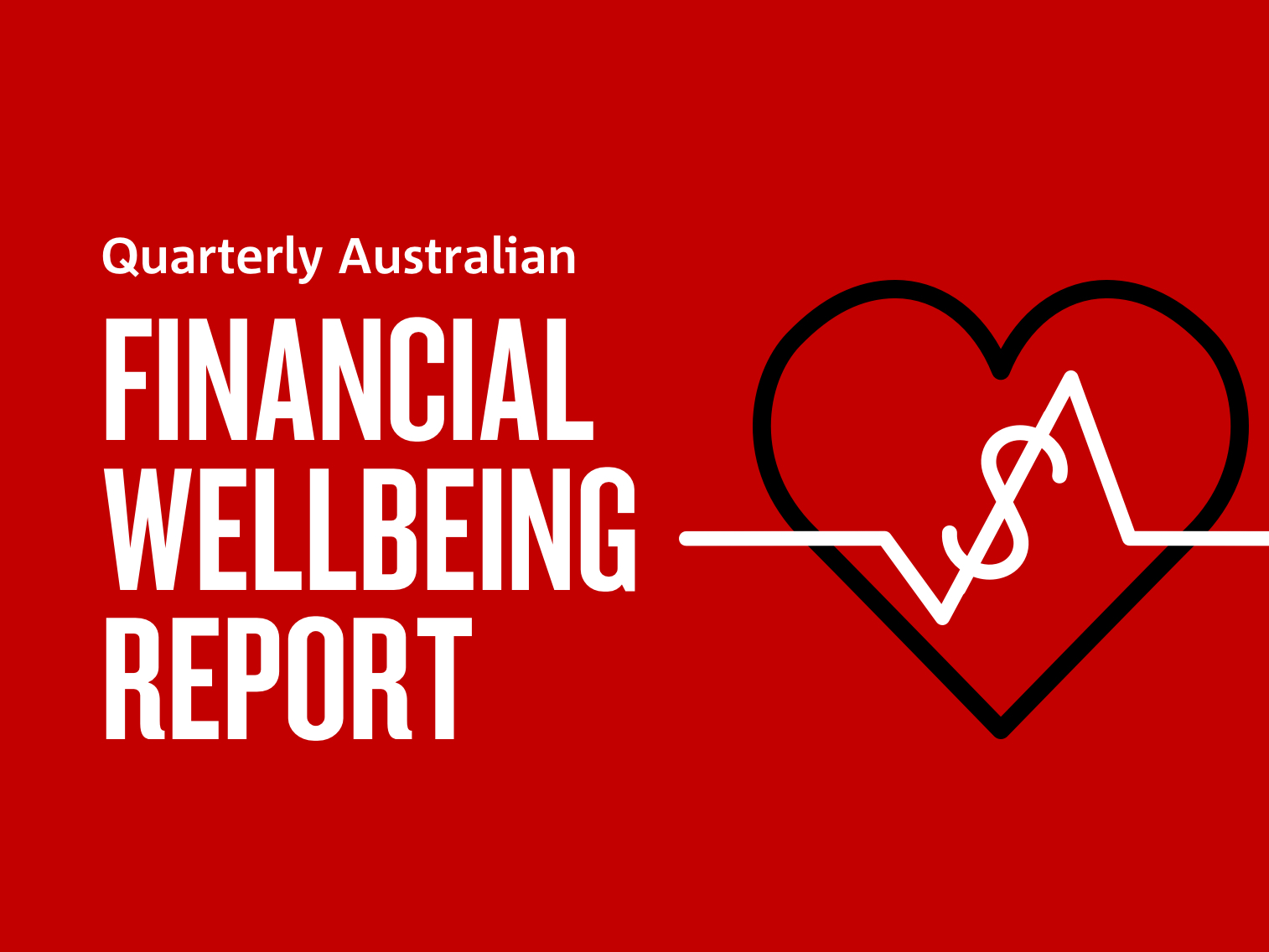The latest NAB Regional & Agribusiness webinar provides insights on the Australian & Global Economies, and a regional and rural property update. Watch the webinar here.

Webinar
Household financial stress up on rising concerns over monthly household expenses. There's also a growing economic divide between low & high-income earners, jobless & employed, and fewer Australians believe now is a good time to buy a home.

The financial fallout of COVID-19 has been as challenging as the health risks, but the stress and hardship arising from the pandemic has not been the same for all Australians. The NAB Household Financial Stress Index lifted again in Q2 driven by rising concerns over food & necessities, utility bills, credit card repayments and other monthly household expenses. But, there is a growing economic divide as financial stress rose among lower income groups but fell for high income earners, with the gap now at its widest point since Q1 2020. This may in part reflect changing assistance measures and disproportionate impacts of lockdowns and other COVID restrictions on some in the community. Lower income earners were more concerned across all financial stress metrics. Stress also remains highest for the unemployed and for residents in NSW and VIC.
For some Australians, savings have gone up during the pandemic as there have been less opportunities to spend in some areas. In particular, higher income groups appear to have accumulated more savings than in previous years. For those in a lower income bracket, a drop in income has caused savings to decline and debt to rise. In Q2, in net balance terms, savings fell for 45% of low-income earners and debt rose for 10%. This compares to just 3% of high-income earners who saw their savings fall, while debt levels fell rather than rose for 19%. Loans from family and friends contribute most to debt stress, followed by pay day loans. The number of people who experienced some form of financial hardship also rose (for the third straight quarter), particularly among lower income earners and the unemployed. Financial hardship remains highest for Australians who lost their main source of income because of COVID. Not having enough money for an emergency is the most common cause of hardship. With house prices continuing to rise, the number of Australians who thought now was a good time to buy a home fell, along with intentions to buy over the next year. NAB will continue to closely monitor any changes in financial stress and hardship, particularly as lockdown continues in NSW. Financial stress can impact mental health by creating anxiety and uncertainty in people’s lives. This can create a vicious cycle impacting their ability to take action to improve their financial wellbeing.
Find all the insights in NAB Financial Wellbeing Survey Q2 2021
© National Australia Bank Limited. ABN 12 004 044 937 AFSL and Australian Credit Licence 230686.